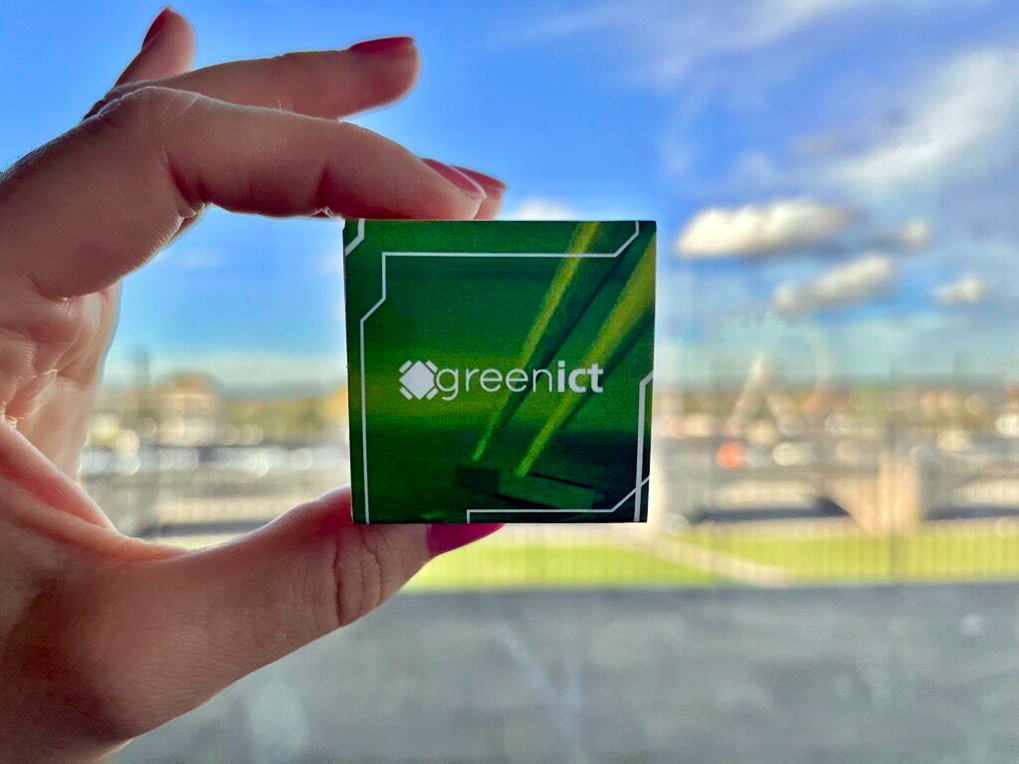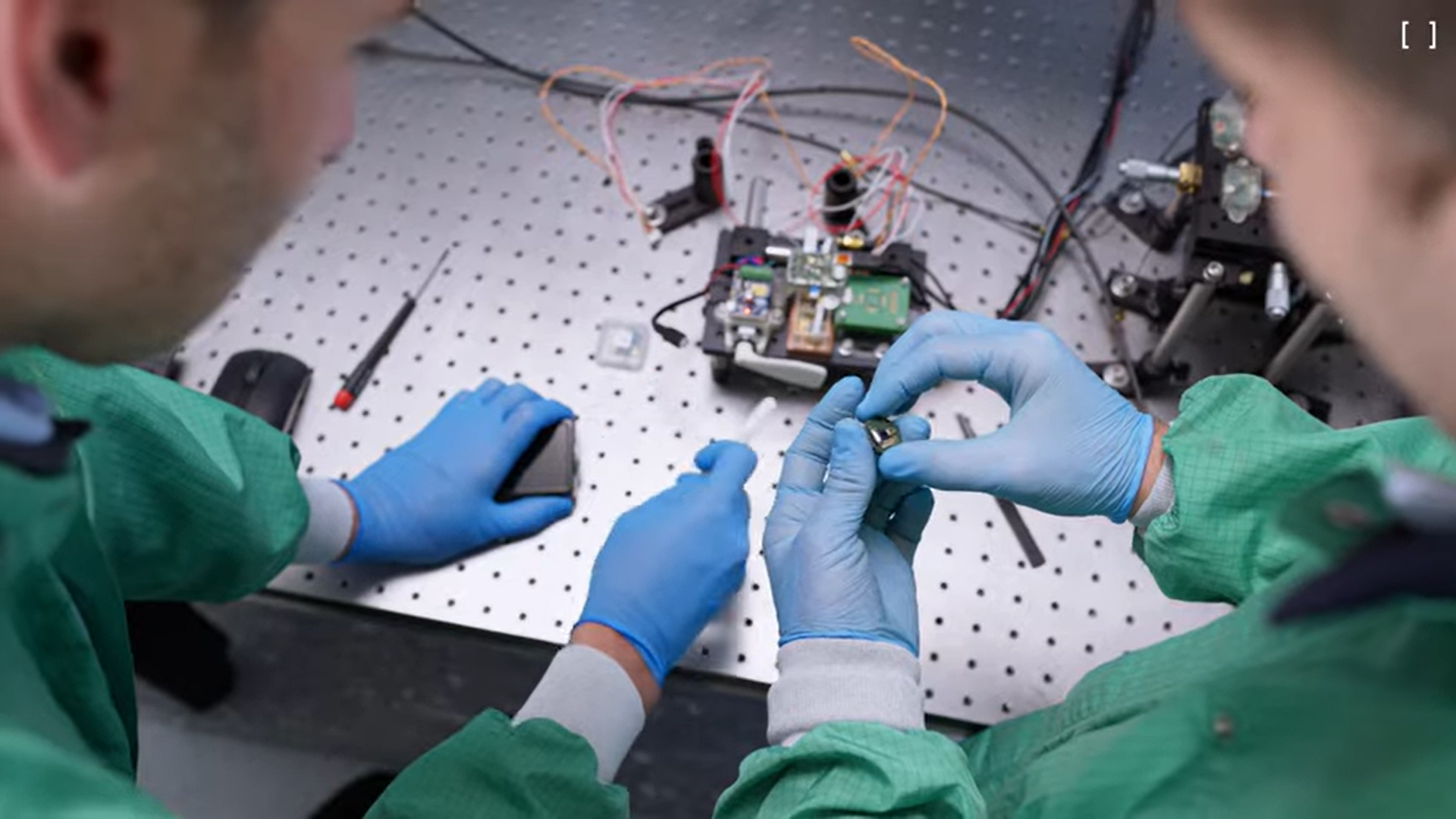4%
of global electricity consumption comes from ICT1
20%
more energy consumed by data centres in 2030 than in 2020- a 13 per cent increase in environmental footprint2
99
million liters of water can be consumed by a large semiconductor factory every day3
...so let's get to work!
This is where the competence center Green ICT @ FMD comes into play. Because creating sustainable information and communication technology (ICT) requires many helping hands.
Our services:
- Know-how transfer in the creation of life cycle inventory models, life cycle assessments and calculations of the carbon footprint of products and processes
- Advice on more environmentally sustainable components and systems for sensor edge cloud applications and communication infrastructures
- More environmentally friendly manufacturing processes for microelectronic components through material substitution and energy savings in clean rooms
- Provision and plausibility checks for life cycle assessment data sets from the above-mentioned areas
Are you in?
For researchers and curious minds:

Research

Further education

Basics: what is ICT?
Survey on environmental sustainability in the ICT sector
We would like to thank all companies and start-ups for their participation and for helping us to improve our offer! The survey is in German language.
Rechnen Sie den Verbrauch Ihres Fernsehgerätes aus!
Power consumption[*]
Carbon footprint (use)
Carbon footprint (production)
Carbon footprint (production + use)
| Model | Power consumption[*] | Carbon footprint (use) | Carbon footprint (production) | Carbon footprint (production + use) | Info |
|---|---|---|---|---|---|
| in kWh/year | in kg CO₂eq/year | ||||
| Total |
Power consumption[*] in kWh/year
00
|
Carbon footprint (use) in kg CO₂äq/Jahr
00
|
Carbon footprint(production) in kg CO₂äq/Jahr
00
|
Carbon footprint (production + use) in kg CO₂äq/Jahr
00
|
|
|
Power consumption[*] in kWh/year
|
Carbon footprint (use) in kg CO₂äq/Jahr
|
Carbon footprint(production) in kg CO₂äq/Jahr
|
Carbon footprint (production + use) in kg CO₂äq/Jahr
|
Show comparison
|
|
| Model | Number | Years of use[*] | Intensity of use[*] | x |
|---|---|---|---|---|
| name |
Number of devices
|
Years of use[*]
|
Intensity of use[*]
|
Delete device
|
Which televisions do you use?
Add new device |
Specific greenhouse gas emission factor of the electricity mix in kg CO₂eq/kWh[*] |
Explanations
*Intensity of use:
- Low intensity of use: 1 hour/day
- Average usage intensity: 2.5 hours/day
- High intensity of use: 5 hours/day
*Emission factor:
The emission factor of the electricity mix indicates how CO₂-intensive the electricity was generated. A lower value, which is closer to 0, means that more renewable energies were used to generate the electricity (e.g. green electricity).
A higher value, on the other hand, indicates an increased use of fossil fuels (e.g. lignite) in electricity generation.
You can view the average emission factors of recent years and use them for your calculation. [Quelle]
*Years of use:
The longer you use an appliance, the lower its CO₂ footprint per year, as this is calculated pro rata per year of use.
*Power consumption:
The power consumption indicates how much electricity you consume per year by using the selected appliance. The higher the intensity of use, the higher the power consumption.
*Manufacture:
The more complex the production of an appliance is, the more CO₂eq emissions are caused by its manufacture.
- The Shift Project, Climate Crisis: The unsustainable use of online Video – The practical case study of online video, 2019 ↩︎
- Aslan, T. et al.: Toward climate neutral data centers: Greenhouse gas inventory, scenarios, and strategies. In: iScience, Volume 28, Issue 1 (2025). Link ↩︎
- TSMC (2021). 2021 Sustainability Report. e-all.pdf (tsmc.com) ↩︎






